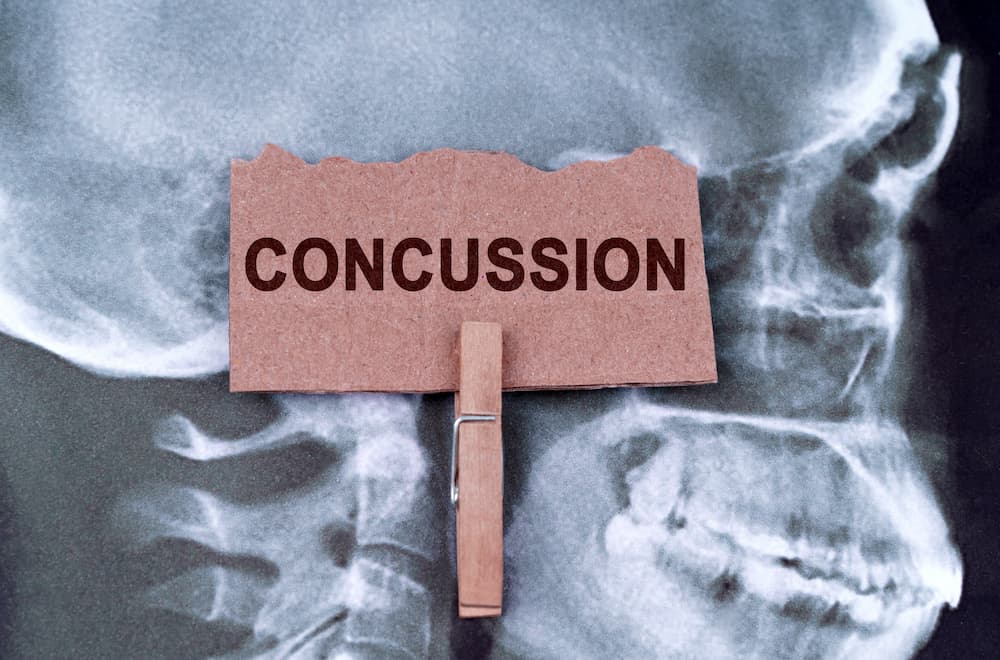Hyperbaric Oxygen Therapy (HBOT) has gained significant attention in recent years for its potential to promote healing and improve various health conditions. However, when it comes to HBOT, one of the key considerations is the type of chamber used: soft chamber or hard chamber. Both have their unique features and benefits, but understanding the differences between them can help individuals make informed decisions about their treatment options.
What is the Difference Between Soft HBOT and Hard HBOT?
Soft Chamber HBOT, also known as mild hyperbaric oxygen therapy, involves the use of inflatable chambers typically pressurized to 1.3 atmospheres absolute (ATA). These chambers are portable and more accessible, making them a popular choice for clinics and individuals seeking HBOT- outside of traditional hospital settings, and for more long term benefits. In contrast, Hard Chamber HBOT utilizes rigid, metal chambers capable of reaching higher pressures, often up to 3.0 ATA or more.
One of the primary distinctions between the two types of chambers is the level of pressure they can achieve. While soft chambers are limited to lower pressures, typically around 1.3 ATA, hard chambers can reach much higher pressures, making them suitable for specific medical conditions that require intense pressurization, such as immediate traumatic wound healing and decompression sickness.
Benefits of Soft Chamber HBOT:
Soft chamber HBOT offers several benefits, particularly for long-term use and certain health conditions:
Inflammation, Neuroplasticity, and Healing: Soft chambers are much more beneficial for our cells than hard chambers. Mild HBOT (mHBOT) is considered much more beneficial for reducing inflammation and stimulating healing at the cellular level which can be applied to a wide array of health conditions, injuries, and concerns. Lower pressures also help improve new nerve connection, new capillary bed formations, and even higher levels of circulating stem cells- all supporting Neuroplasticity. High pressure chambers increase the levels of oxidative stress in the body which will hinder the healing process when used for too long or more than a few dives.
Growing evidence and research: The ever increasing field of hyperbaric medicine is continuing to see growning evidence to the benefit of mHBOT chambers in conditions from:
Concussion, TBI, Stroke, SCI, Autism, Fatigue, Inflammatory Conditions, Joint Injuries, Pre- and Post- Surgery Rehab, Depression, Anxiety, PTSD, ADHD, Parkinsons and MS, Mold and Lyme, Gut Healing, Sports Performance and much more.
Accessibility: Soft chambers are more accessible and portable, allowing individuals to undergo HBOT sessions in a clinic or even at home.
Comfort: The flexible, inflatable design of soft chambers can provide a more comfortable experience for individuals undergoing treatment, reducing feelings of claustrophobia or discomfort. Also electronics are allowed within these chambers whereas any static electricity within a hard chamber may trigger a catostraouphic event.
Versatility: Soft chambers are suitable for a wide range of conditions, including chronic illnesses, neurological disorders, and general wellness maintenance.
Benefits of Hard Chamber HBOT:
Higher Pressure: Hard chambers can achieve higher pressures, making them suitable for conditions that require intense pressurization, such as decompression sickness, acute traumatic injuries (lung punctures, and amputations).
Choosing the Right Chamber for Your Needs:
When considering HBOT, it’s essential to consult with a healthcare professional to determine the most suitable chamber type and pressure level for your specific needs. While both soft and hard chambers offer unique benefits, factors such as the nature of the condition being treated, treatment goals, and individual preferences should be taken into account.
It’s worth noting that recent research suggests that lower pressures, such as those found in soft chambers operating at 1.3 ATA, may offer significant benefits for healing, inflammation reduction, and overall wellness, particularly for conditions involving the brain, body, and mind. However, for certain acute medical conditions requiring immediate intervention, higher pressures provided by hard chambers may be necessary.
In conclusion, both soft chamber and hard chamber HBOT have their place in medical practice, offering distinct advantages depending on the specific needs of the individual. By understanding the differences between the two types of chambers and consulting with healthcare professionals, individuals can make informed decisions to optimize their HBOT experience and enhance their overall well-being.





